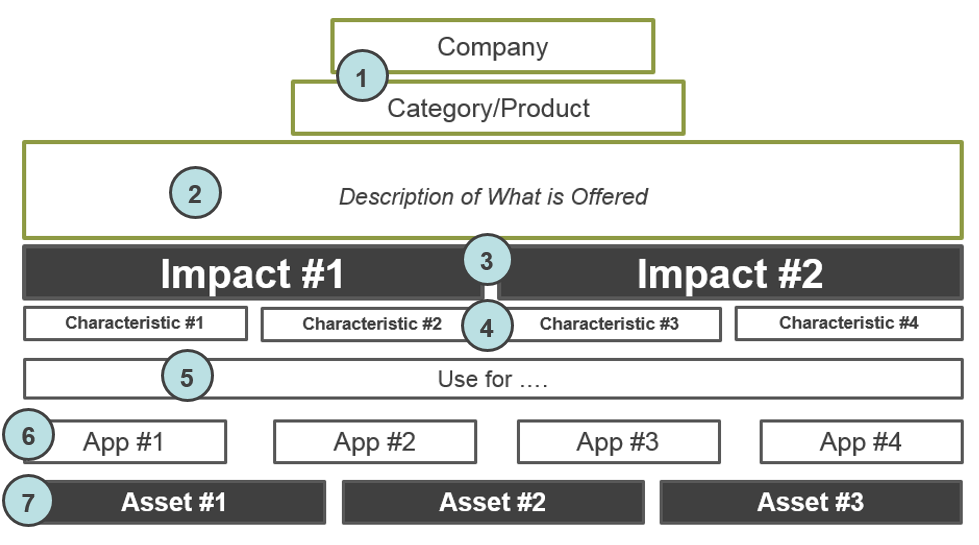Discussing with Kelly Ford her article on ROI got me to thinking about the key questions that I ask entrepreneurs and sales VPs when I am evaluating companies for investment and discussing value proposition with management teams.
What problems does your product or service solve better than anyone else?
(or, that no one else solves?)
Many technology entrepreneurs like to talk about technology. I like to hear how the technology solves important problems; it helps me to see where the company fits into the world. As such, my expectation is for the answers to the above question to contain two or three critical problems, and even better, if those problems cannot be solved by competitors.
The key is to avoid competing on features and/or price. If you focus too much on feature differentiation, then you get into feature wars, where with each new release you and your competitors are leap-frogging each other. And if your competitors are larger, better-funded and better-known, guess who loses?
Additionally, when you lack differentiation based on the unique problems solved, your buyers tend to lack justification for decision (other than, perhaps, price). And of course, the easiest thing for a competitor to do is to lower their price below yours.
Kelly has a simple and useful tool (pictured below and downloadable in .PPT here) that helps companies frame their key messages and differentiation in a way that combats these issues.

These building blocks are designed to create a hierarchical structure for your messaging that emphasizes value and differentiation. The number of blocks is not important and can easily be adapted to meet your company and offering's needs. Starting from the top...
1. WHO. Complete company name and category or product name (the easy part).
2. WHAT. Describe what it is your company offers in 1-2 sentences.
3. IMPACT. What are the 2-3 areas of business impact derived from your offering? e.g., greater profitability, deeper customer engagement, more value per customer, etc.
4. UNIQUE CHARACTERISTICS. What are the unique characteristics of your offering directly contributing to business impact?
5. UNIQUE PROBLEMS SOLVED. Why do customers use your offering and for what / what are the unique problems solved?
6. USE CASES. Are there / what are the specific use cases / applications for solving these problems?
7. CORE COMPANY ASSETS. What are your 3-5 core company assets that are differentiating and essentially explain how you do it? e.g., deep domain expertise, strong analytics, customer intimacy, performance focused.
Looking for unique problems that you solve lends itself mostly to B2B products and services, but there is likely some applicability to B2C, too. Even if you think your messaging and points of differentiation are tight, I encourage you to run through this exercise. I've certainly found it is a helpful way to not only identify and clearly articulate what your company does, but also to help your sales folks in identifying the best prospects. In my next article, I will delve into the related topic of qualification using your differentiation as the basis.
